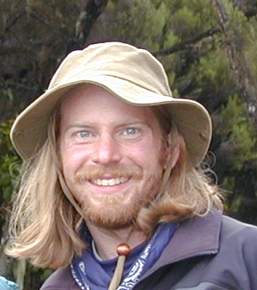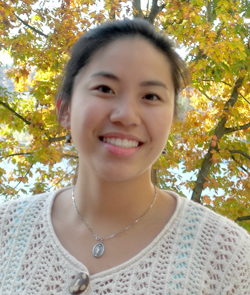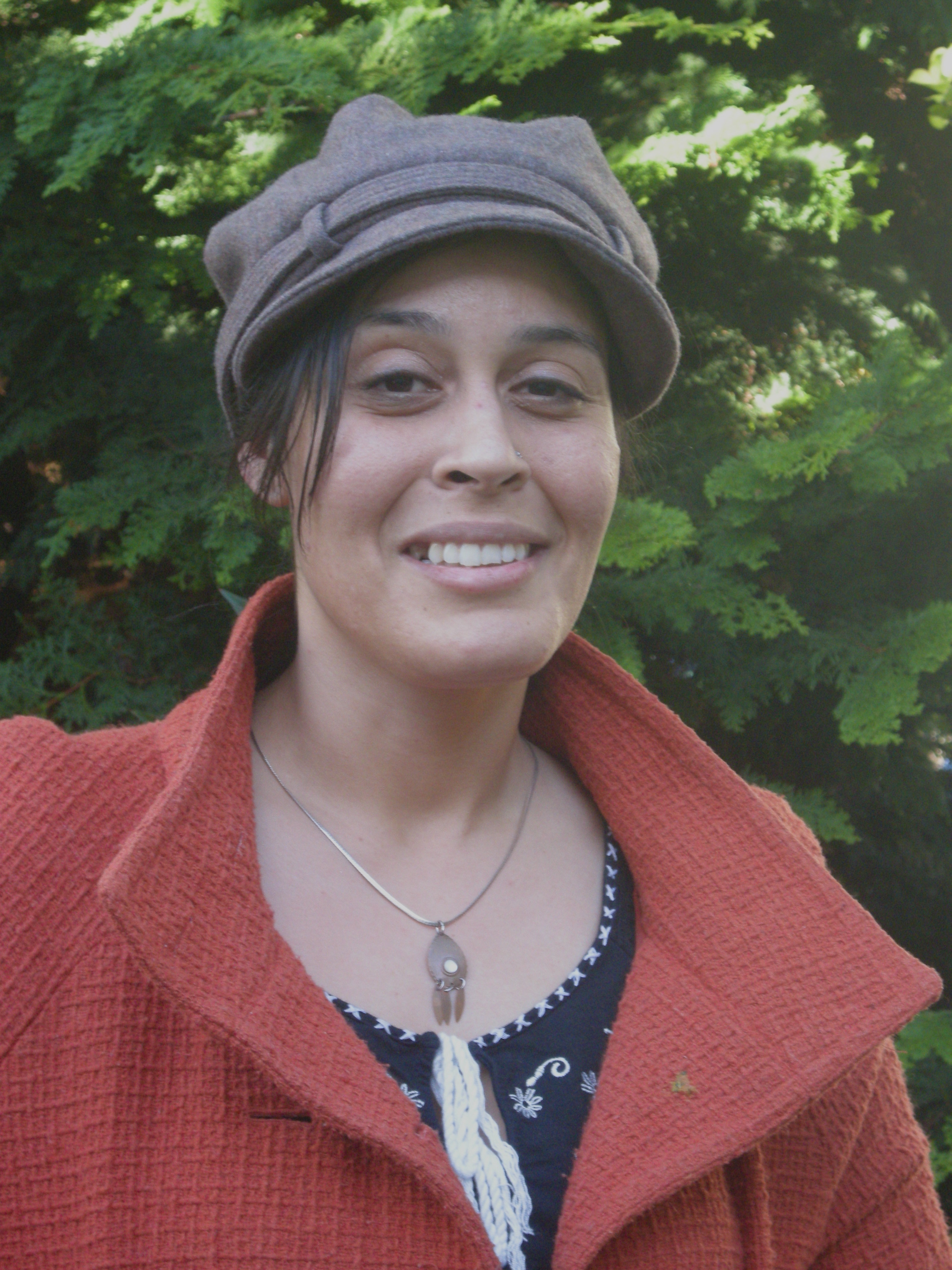| |||||||
|
|
Bio: Kevin Klein grew up in Madison, WI and received a BS with Distinction in Biochemistry from the University of Wisconsin. He was in the Lingappa lab from 2001 to 2006, first as a PhD student and then as a postdoc. As a graduate student, Kevin received the ARCS Foundation award and a 3 year fellowship from the NIH-funded Virology and Oncology training grant based at the Fred Hutchinson Cancer Center. He was awarded his PhD from the University of Washington Dept. of Pathobiology in 2005. In 2008, he was appointed Research Scientist IV in the Dept. of Global Health at University of Washington. Kevin is an avid soccer player and an enthusiastic mountain climber. While in graduate school, he managed a soccer team called the Dominant Negatives and climbed Mt. Kilimanjaro (19,340') in Africa. More recently, he has climbed Mount St. Helens (8,365 feet), Mt. Baker (10,778 feet), and Mt. Rainier (14,411 feet), as well as many lesser known peaks in the North Cascades. For more about Kevin's climbs, see: http://kc-climbs.blogspot.com. Kevin is also an accomplished brewer has been involved in home brewing since 1998. In 2010, he took a big step and started his own nanobrewery, Northwest Peaks Brewery. At Northwest Peaks Brewery, Kevin combines his passion for brewing and climbing peaks around Seattle by making two new beers every month named after his favorite Pacific Northwest climbs. The Northwest Peaks website is a great place to learn about the mountains of Washington state, and to find out when you can stop by the nanobrewery to pick up a growler of his latest seasonal beer. Research: Kevin’s doctoral dissertation in the Lingappa Lab involved developing a novel cell-free system for the assembly of capsids of hepatitis C virus (HCV) capsids. He demonstrated that capsids assemble in this system using biochemical criteria as well as negative staining electron microscopy (HCV EM figure). At the time, there were no cell culture systems that supported assembly of HCV capsids. Even now, cell culture systems that support assembly of the most common genotypes of HCV are lacking. Kevin utilized this cell-free system to understand mechanisms of capsid formation of HCV. With the help of Mona Dellos, Kevin also defined amino acids in the HCV capsid protein that are required for HCV capsid assembly. The HCV cell-free system established by Kevin is now being used to screen for novel inhibitors of HCV assembly that could be used clinically. The success of the HCV cell-free assembly system also led to development of other cell-free assembly systems, including our lab's cell-free system for assembly of alphaviruses. Kevin also studied HIV-1 as a graduate student. In his first summer in the lab, Kevin made the observation that HIV-1 Vif, a viral accessory protein critical for infectivity, is present in capsid assembly intermediates that contain the cellular factor ABCE1 (HP68). As a postdoctoral fellow in the Lingappa lab, Kevin worked with MSTP student Beth Thielen to pilot a novel assay for deaminase activity of APOBEC3G, an antiviral cellular factor that is targeted by HIV-1 Vif. In spring 2008, he co-taught a minicourse entitled Scientific Writing Workshop (Pabio 590B) for the Pathobiology graduate program with Jaisri. Currently, Kevin works part time in the Lingappa lab, and helps with writing grants and papers, piloting new techniques, making difficult genomic HIV constructs, and supervising students and research scientists. Publications: Primary Research Papers:
Book Chapters:
Bio: Veronica Nguyen completed her bachelor of science in Economics at the University of Washington in 2009. Veronica is also a co-founding member of the UW chapter of Global Medical Brigades, an international student-led volunteer health care relief organization in Honduras, Panama and Ghana. She began working in the Lingappa lab in 2007 as a student assistant and is currently a research scientist. In the Lingappa lab, she plays a major role in plasmid construction, is in charge of our plasmid library, and performs a wide variety of lab support duties. She is a coauthor on a recently submitted manuscript on the role of NC in recruiting ABCE1 to HIV-1 capsid assembly intermediates. Veronica plans to attend medical school in the future. She is interested in family and preventative medicine as well as cardiology. In her free time, she enjoys kickboxing, refining her cooking skills, and running races. Publications
Bio: Samina Giri grew up in Los Angeles and Tucson and obtained her B.S. degree in Molecular and Cellular Biology from University of Arizona in Tucson. In Tucson she worked on BAC library construction and ancestral DNA studies. She joined the Lingappa Lab in 2009. Research: Samina joined the Lingappa lab in 2009, where she specializes in immunogold labeling electron microscopy. She works closely with the staff at the Fred Hutchinson Cancer Research Center Electron Microscopy Facility. Her immunogold double labeling images are featured in a number of manuscripts that are submitted or in preparation in 2011. Publications:
|




